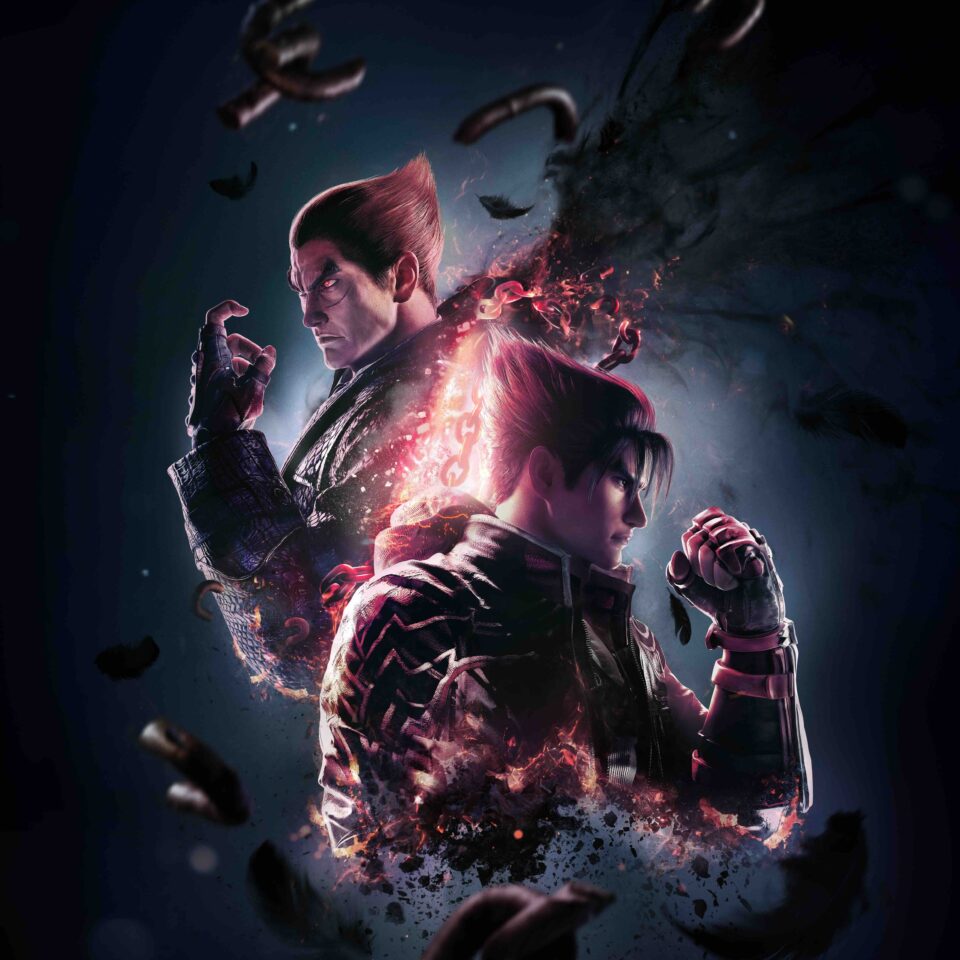With three decades of games, lore, and spinoffs under its belt, few can beat Tekken’s legacy among fighting games.
With Tekken 8’s release, we have another entry into the rich history of the King of Iron Fist Tournament. Don’t let that number eight fool you though as Tekken has had way more entries in the 30 years it’s been around.
For the sake of this trip down memory lane, we’ll keep it to the other nine mainline entries. Even in brief, the history of the Tekken series gives us a fascinating look into the ever-changing nature of video game development and the challenge of pushing its boundaries to remain on top.
Tekken (1994)
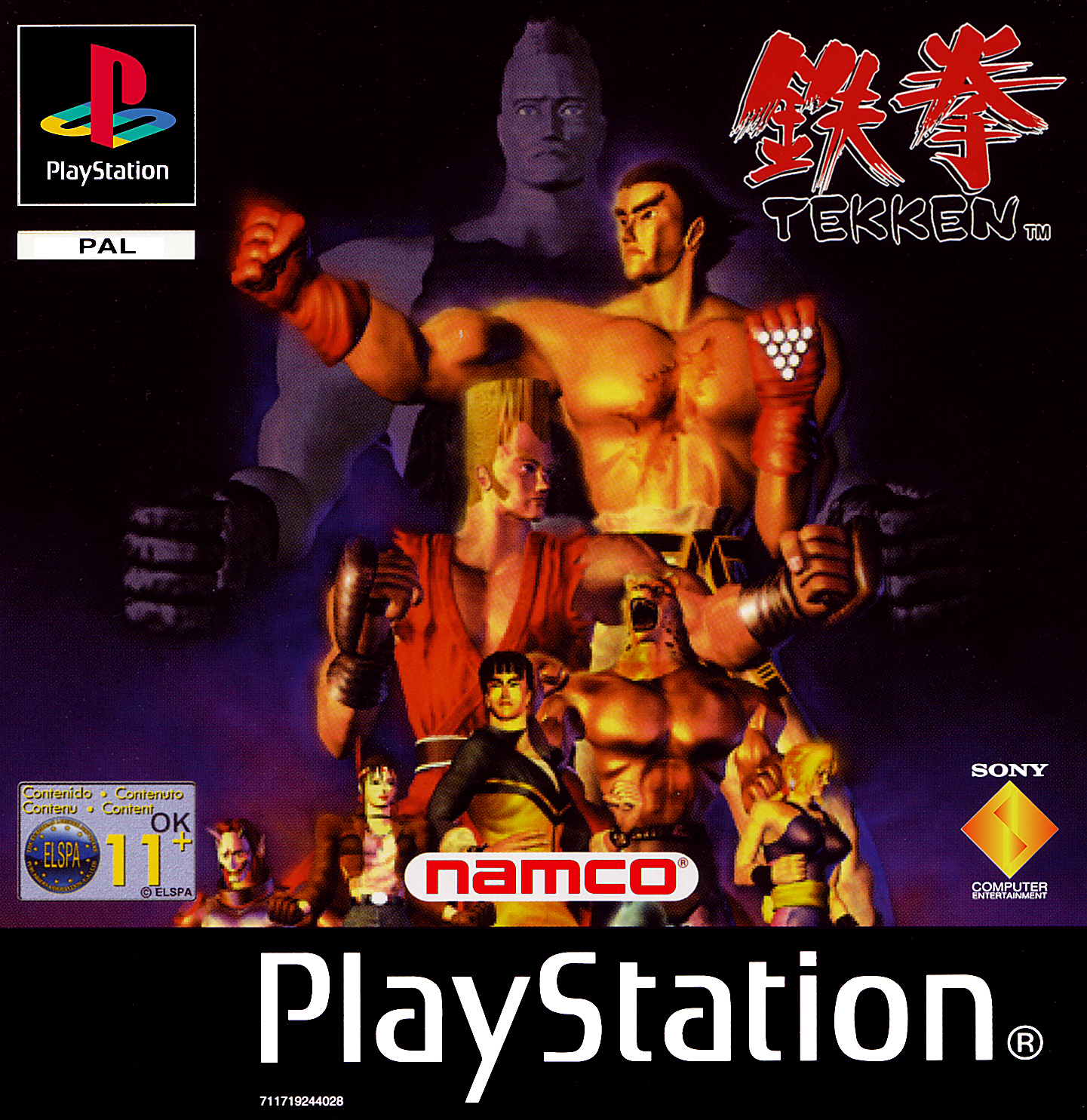
The video game scene was under the grip of the 3D revolution in the early 90’s. Many developers were excited with the new possibilities available with 3D animation and Japanese developers Namco were no exception.
What started as an internal test case for animating and texture mapping 3D models, Tekken evolved into a real game after Namco saw its potential. The studio was able to acquire developers from rival company Sega to help steer its development. Most important was the involvement of designer Seiichi Ishii, director of Sega’s Virtua Fighter – the very first 3D fighting game.
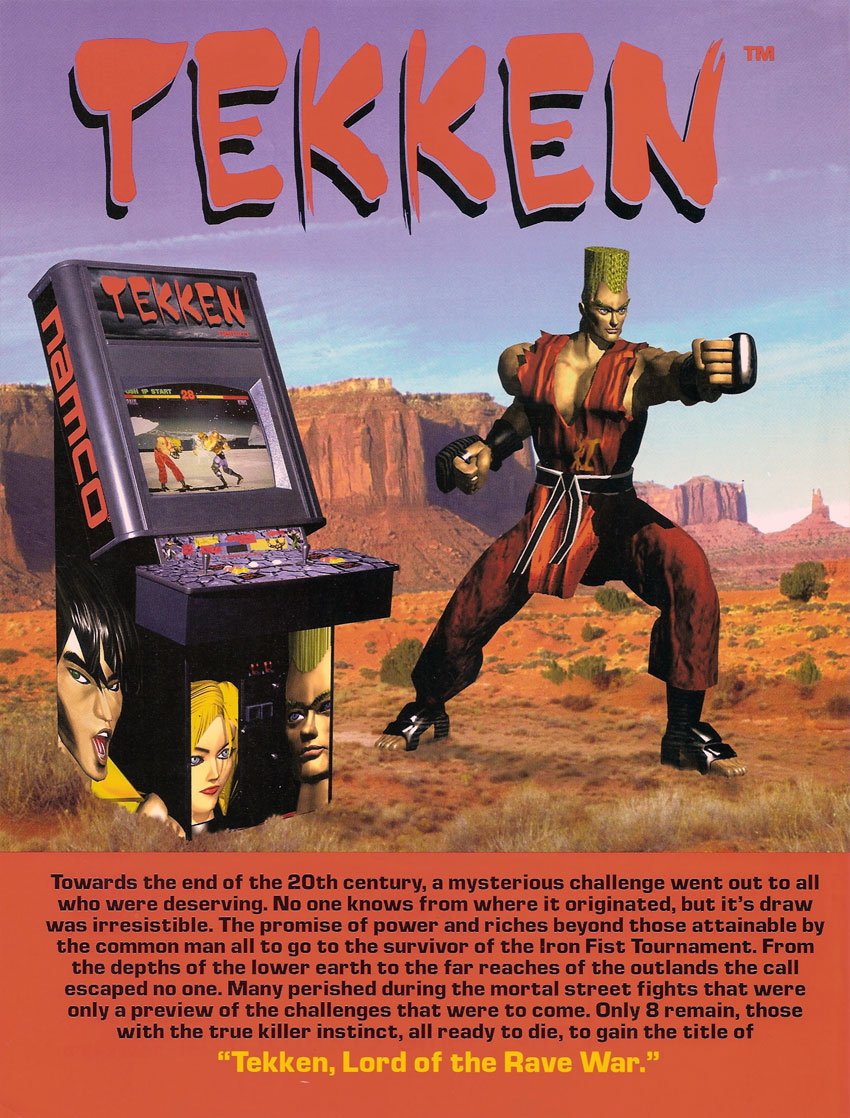
Originally titled Rave War, Tekken (which means Iron Fist in Japanese) followed the story of Kazuya Mishima as he joins the titular tournament to get revenge on his father Heihachi Mishima. The game boasted an intuitive four-button control scheme, one button for each arm and leg. It also had a cast of unique and rather quirky characters that helped it stand out from the competition.
While not as technically impressive as the back-then-recently released Virtua Fighter 2, Tekken was still well-received in arcades. Its true breakout however was when the game was ported over to the PlayStation home console in the following year. It became the first PlayStation game to sell over a million units thanks to a host of additions and improvements. From extra characters, game modes, and arcade endings that produced this gem, Tekken’s console version gave it a foothold as a PlayStation mainstay.
Tekken 2 (1995-1996)
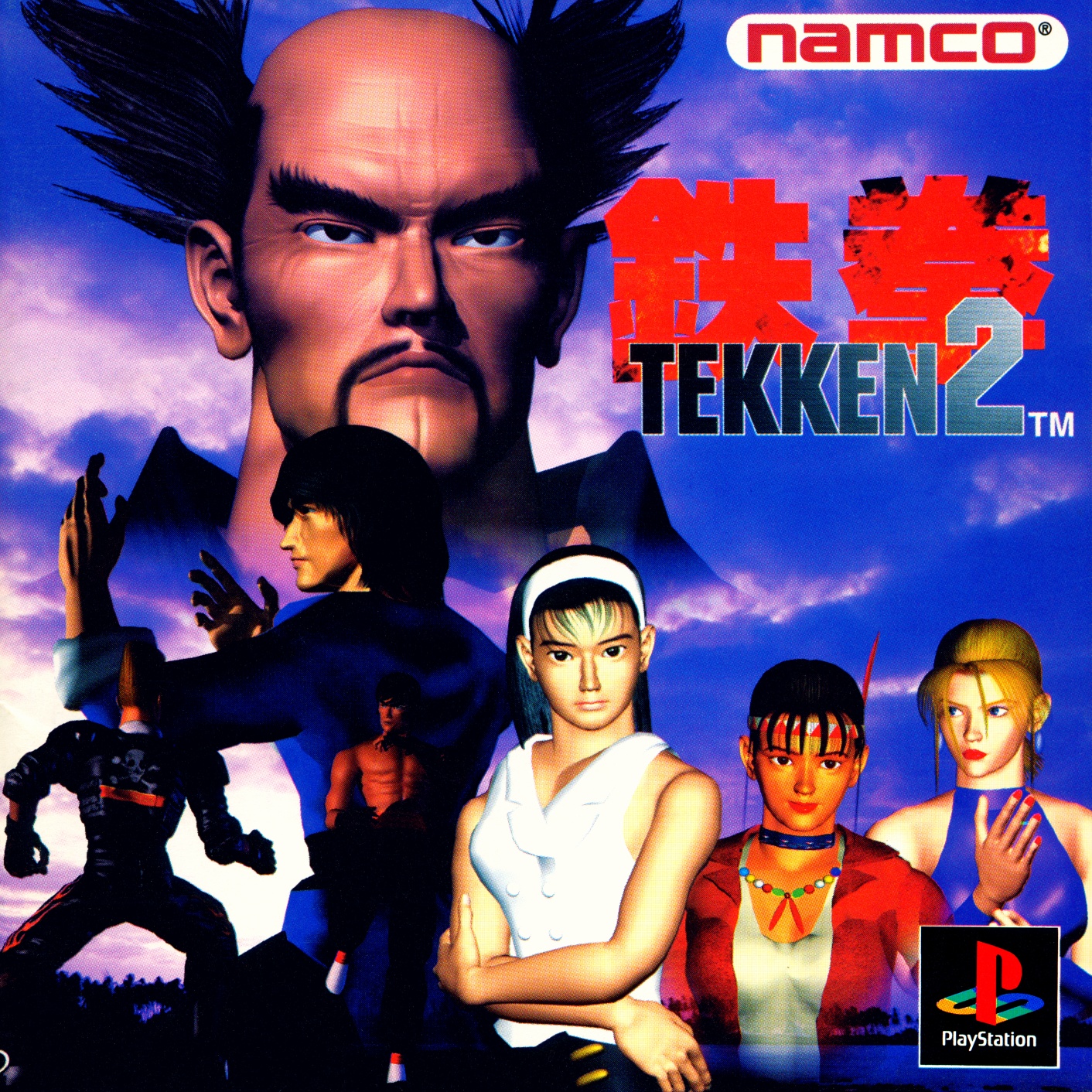
Hot off the heels of the success of their first entry, Tekken 2 had one goal: to be better.
Tekken’s sequel improved on the original in almost every way. The visuals were cleaner, the sound quality was better, and the characters had more unique moves to distinguish themselves from the rest of the cast. This was also where sidestepping, a key feature in Tekken’s combat system, was first implemented albeit only to a few characters.
Like the original, the PlayStation port came a year later with more features and characters for players to chew on. This added value quickly launched it to over a million units sold in just one year. Thanks to these back-to-back blockbuster sales, Tekken easily established itself in history as the fighting game for PlayStation consoles.
Tekken 3 (1997-1998)
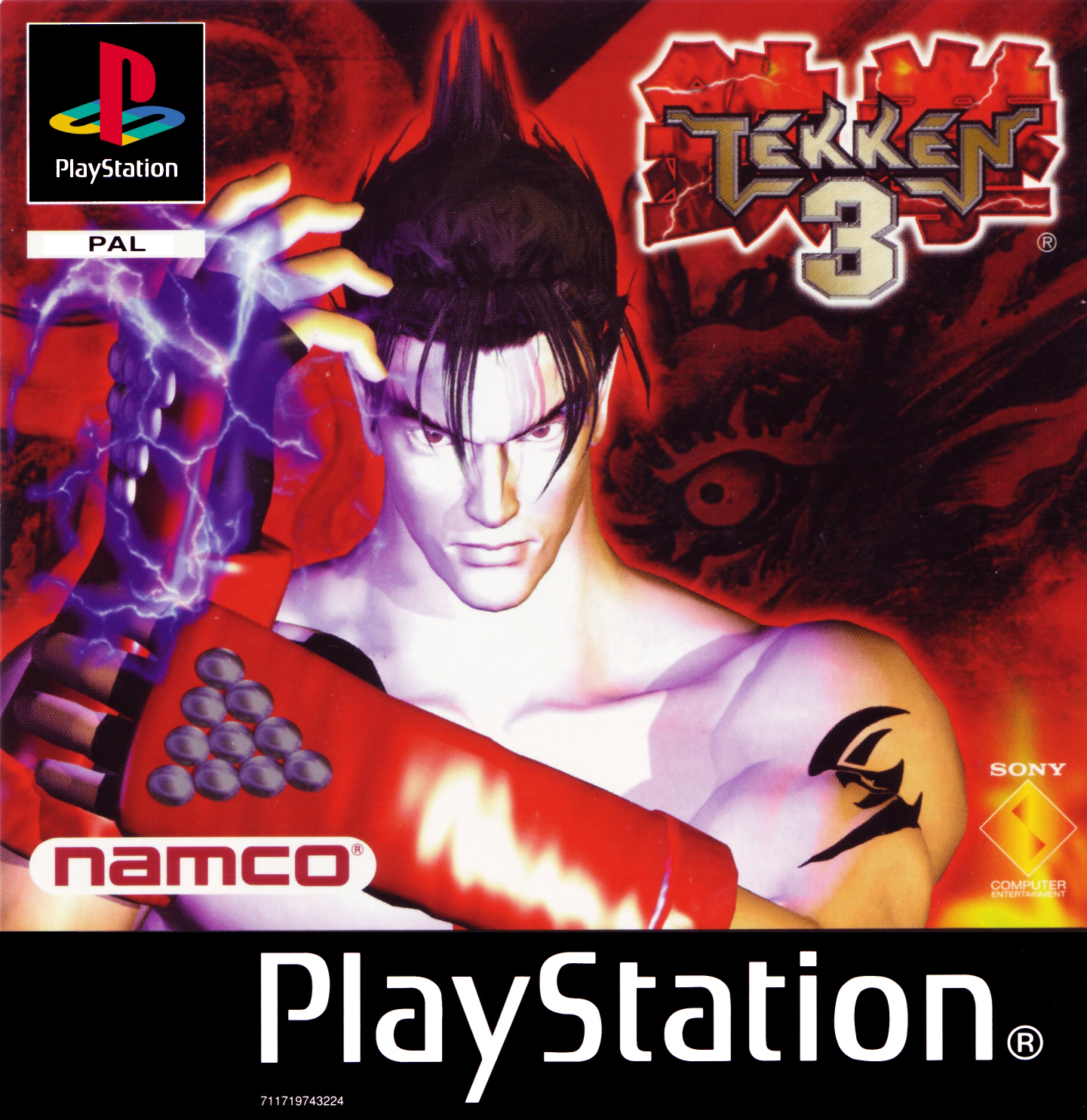
And now we’ve reached one of the most iconic entries in both Tekken and video game history. Released in arcades first and then ported to PlayStation consoles a year later, Tekken 3 is arguably one of the best video games of all time and became the guiding beacon of what the series is moving forward.
On a technical level, nothing could beat what Tekken 3 was presenting at the time. From visual quality, sound, character design, and fluidity of motion, Tekken 3 was a massive leap forward from its previous titles and direct competitors. Its gameplay was excellent with it finally embracing the full scope of 3D movement. Characters, both old and new, are more diverse and feature a wider range of martial arts.
Something that was emphasized much more in Tekken 3 was the story. We follow Jin Kazama, son of Kazuya, as he gathers strength to defeat the evil entity known as Ogre. Whether it’s serious, fantastic, or silly, Tekken 3 does a great job of establishing its narrative compared to the haphazard arcade endings in the previous games. This deliberate attention to the story would keep getting expanded upon in future titles and is a feature of the series that always draws fans back in.
Tekken Tag Tournament (1999-2000)
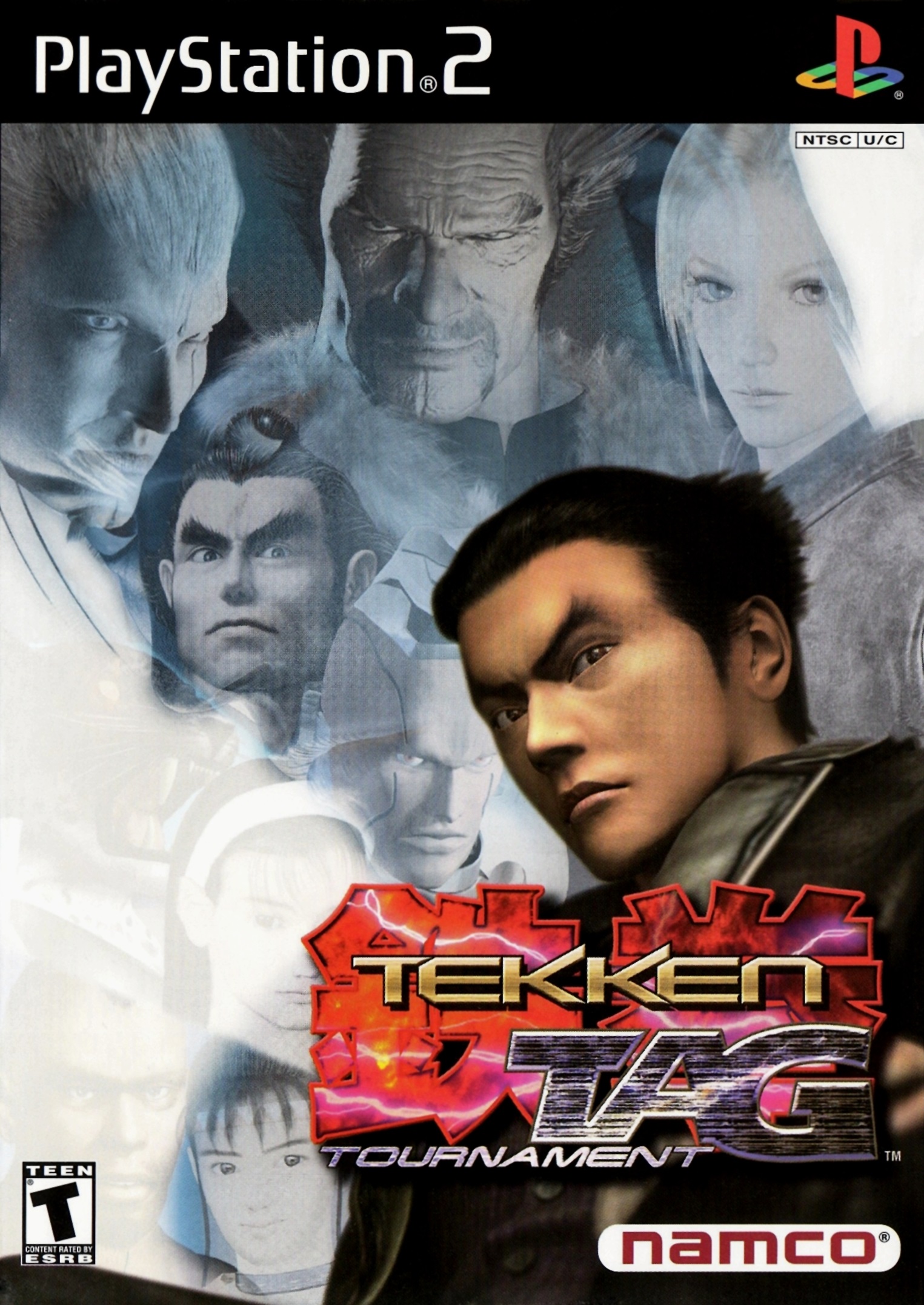
In a rather odd swerve, the people at Namco decided to forgo making another numbered entry into the series. Instead, they decided to spice up the formula with the Tekken Tag Tournament.
A novel idea for the series at the time, the entry was more than just Tekken with tag-team mechanics added to it. It boasted a massive 37-man roster featuring all playable Tekken characters thus far. The events of the Tekken Tag Tournament are considered to be non-canon to the story so it really allowed the developers to go wild and be a bit silly with their characters.
Unsurprisingly, the game was a smash hit in both the arcade and consoles with this being a flagship title for back-then newly released PlayStation 2. With upgrades to stages, music, and graphics, the Tekke series continued to dominate the 3D fighting games space.
Tekken 4 (2001-2003)
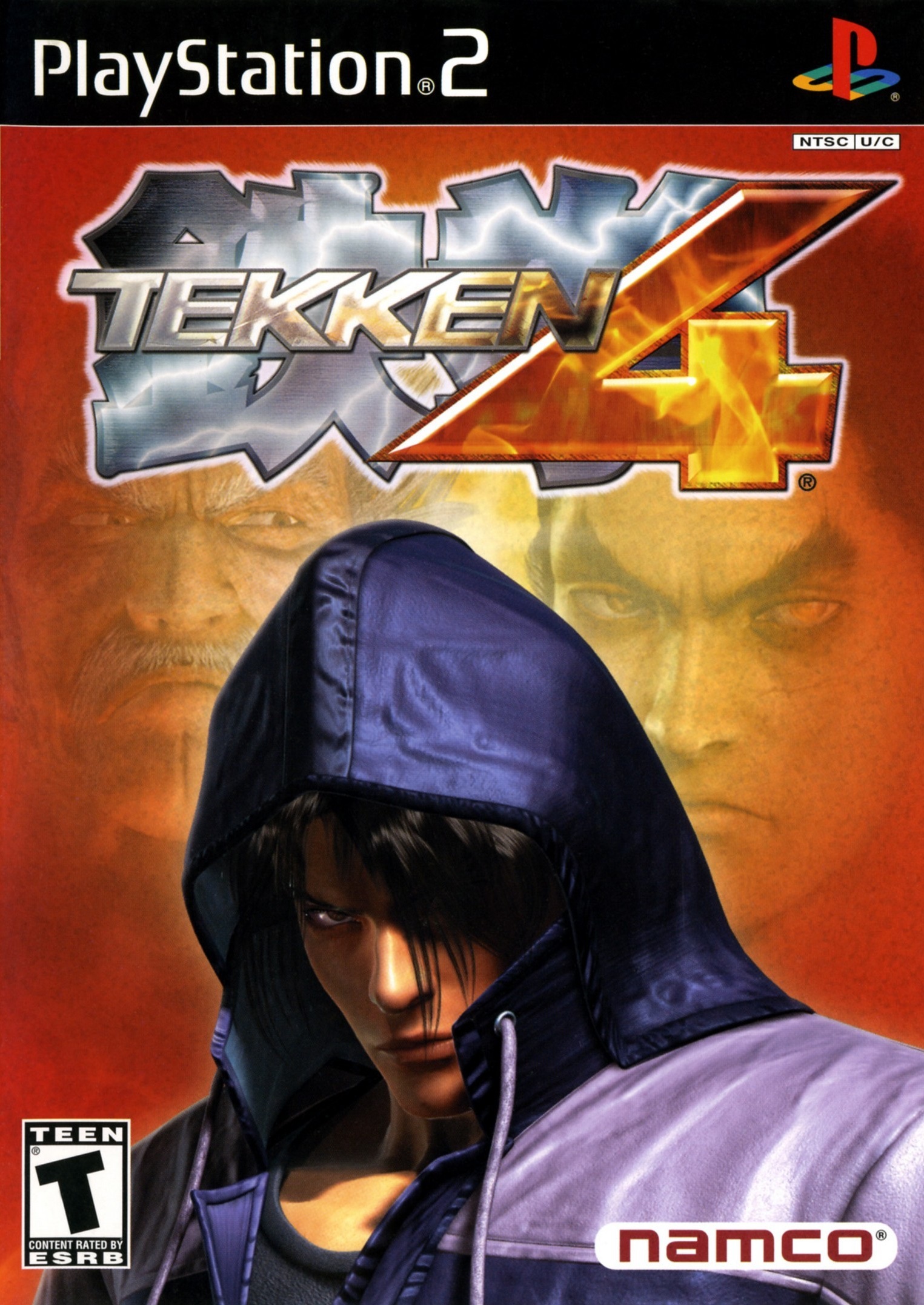
Here we have what is widely considered to be the black sheep among in Tekken’s rich history. As the first Tekken game built for the PlayStation 2, many were eagerly awaiting what the series had in store.
What fans got was a Tekken that was darker and more muted than any of the previous entries. Tekken 4 tried to ground the series, to make it feel a little more realistic, and it was clearly felt in the combat. Combos were simpler, movement was slowed down, and characters just felt like they were lacking pizazz. The biggest offender however was the game’s balancing, with characters and stages completely warping high-level play that made many pros go back to playing Tekken 3 or Tag Tournament.
While Tekken 4 was unpopular during its release, many fans have become kinder to it in recent years. For all its faults, it did continue to innovate the series by introducing stage walls and hazards. People also point to the game’s gritty tone and atmosphere as something completely unique to all other Tekken entries. Tekken 4 has its merits and it sets things up for what would be another home run for the series.
Tekken 5 (2004-2006)
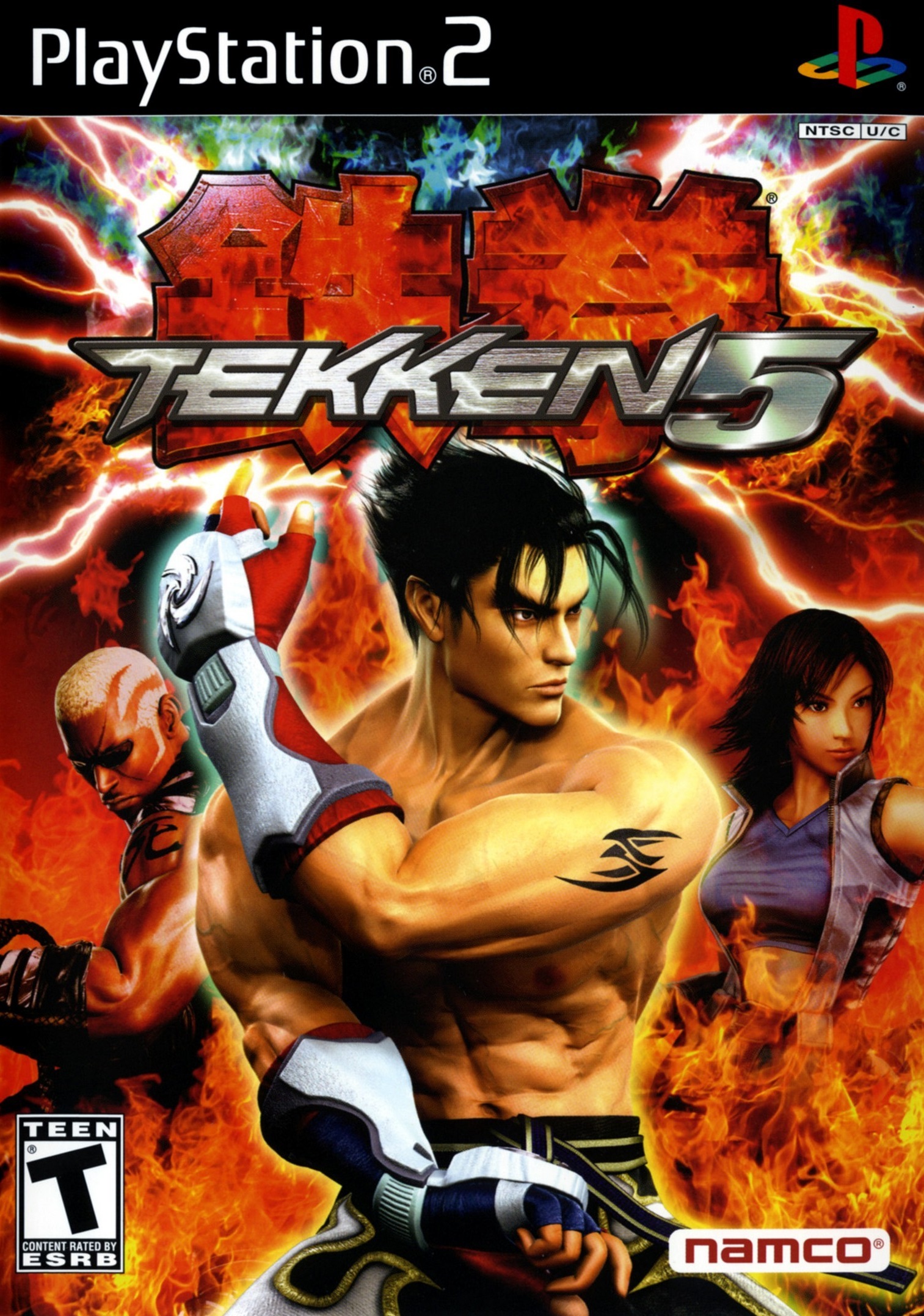
Is it possible for lightning to strike twice? It certainly is for the Tekken series thanks to Tekken 5.
Built almost like an apology to the fans for the lackluster offerings of Tekken 4, Tekken 5 was released to arcades and consoles with resounding success. Taking the criticisms to heart, Namco cranked everything up for Tekken 5. Once again, they were the kings in 3D presentation thanks to unparalleled visual and audio design. Combat was also improved with characters getting flashier and fancier moves. This entry also introduced character customization which gave players the ability to dress up their mains and make them uniquely their own.
What makes Tekken 5 stand out, however, is that this was a turning point for the series. Some would call it where they “jumped the shark” but it was clear from this point forward that Tekken was going to be about bombastic and spectacular fighting. The game is still rooted in hand-to-hand martial arts combat but now they’re more than happy to throw some ninjas and demons into the mix.
This game would also start the pattern of releasing an updated version down the road with Tekken 5: Dark Resurrection. Released on the PlayStation Portable and later for download on the PlayStation 3, Dark Resurrection made sure that one of the best titles in Tekken history remained on top all throughout the early 2000s.
Tekken 6 (2007-2010)
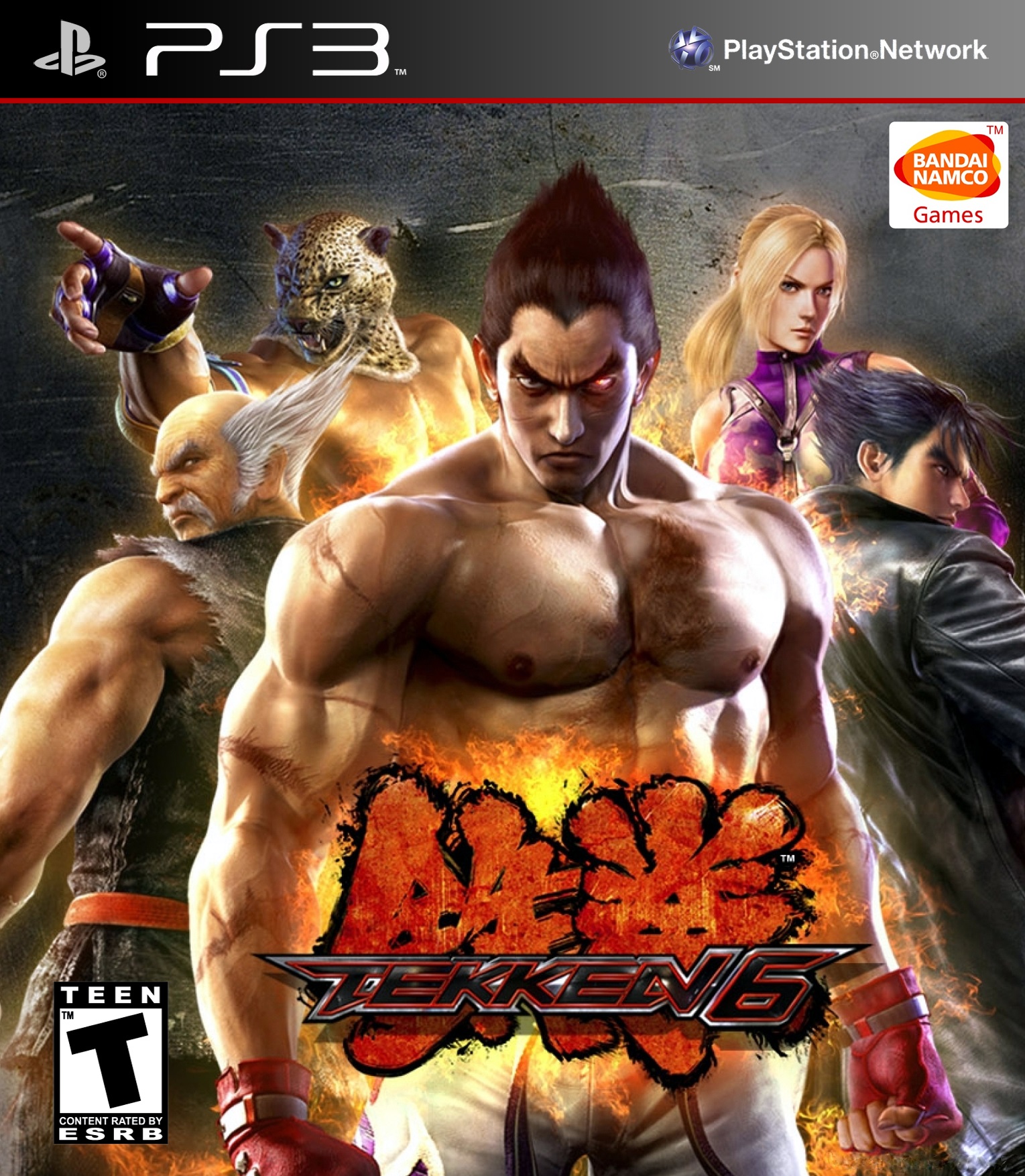
Pushing the needle even further, Tekken 6 expanded on the high-octane ridiculousness of the series. From giant robots, amnesiac super soldiers, obese martial artists, and a world war erupting because of the Mishima family feud, Tekken 6 pulled no punches when it came to making a show.
This was also the entry where they made the most drastic changes to their combat. The rage system was brought in from the Tekken Tag Tournament as a simple comeback mechanic for players. They also introduced the bound system, where players are given the ability to juggle their opponents during combos. This system is reminiscent of faster-paced 2D fighters and opened the door for insane levels of combo and character mastery that the series is now known for.
Of note is the fact that this was the first time the series was not exclusive to the PlayStation console. The game was released on the PlayStation 3, Xbox 360, and PlayStation Portable with favorable reviews. Its main criticisms were its long load times on the PlayStation and poor online play, which would be another recurring theme for the series.
Tekken Tag Tournament 2 (2011-2014)
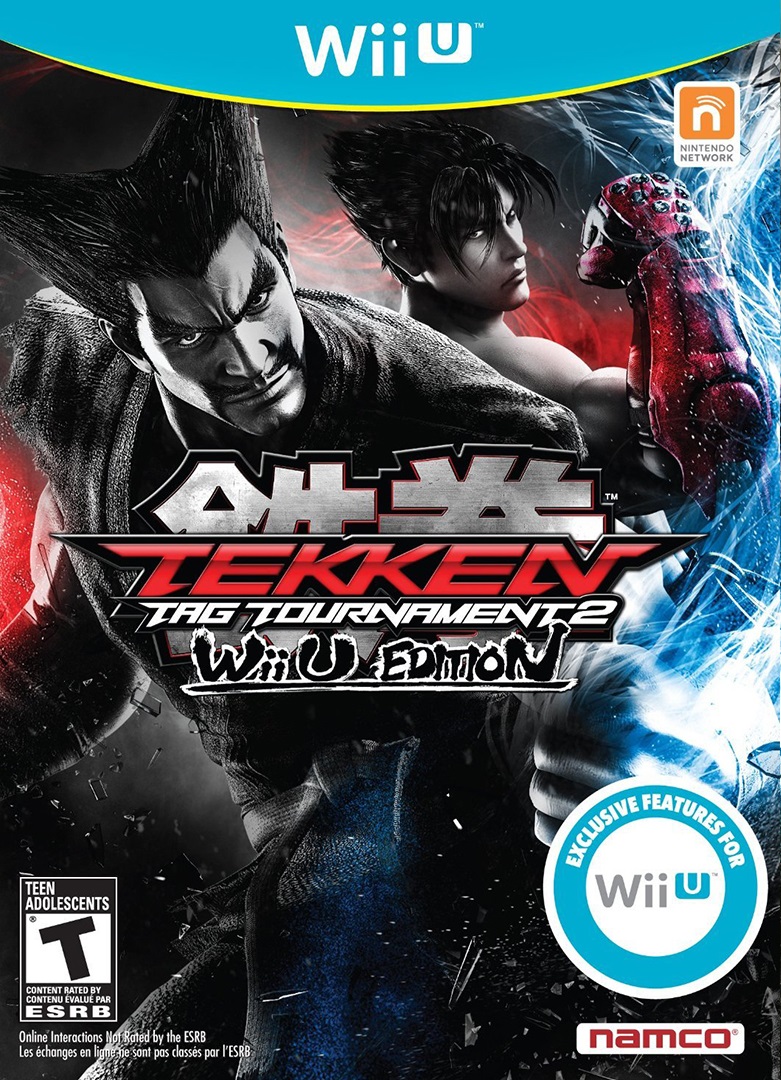
Tekken Tag Tournament 2 is an anomaly in the series. It followed the usual pattern of arcade first, consoles later with positive critical and fan reactions. Yet it somehow ended up being the worst-selling Tekken game in history.
Gameplay-wise it used Tekken 6 as a foundation and expanded on it with a much more active tag-team system. Together with 59 playable characters and a staggering amount of character customization, this sequel should have been a home run.
There have been many theories as to why the game had weak sales. One of them was that the feature-complete version of the game was exclusive to Nintendo’s doomed Wii U console. Another was that the game’s gameplay and roster were actually a detriment because it increased its overall complexity, scaring away its more casual fans. Regardless of the reason, Tekken Tag Tournament 2’s disappointing performance would weigh heavily on the series and have a big influence on its next entry.
Tekken 7 (2015-2023)
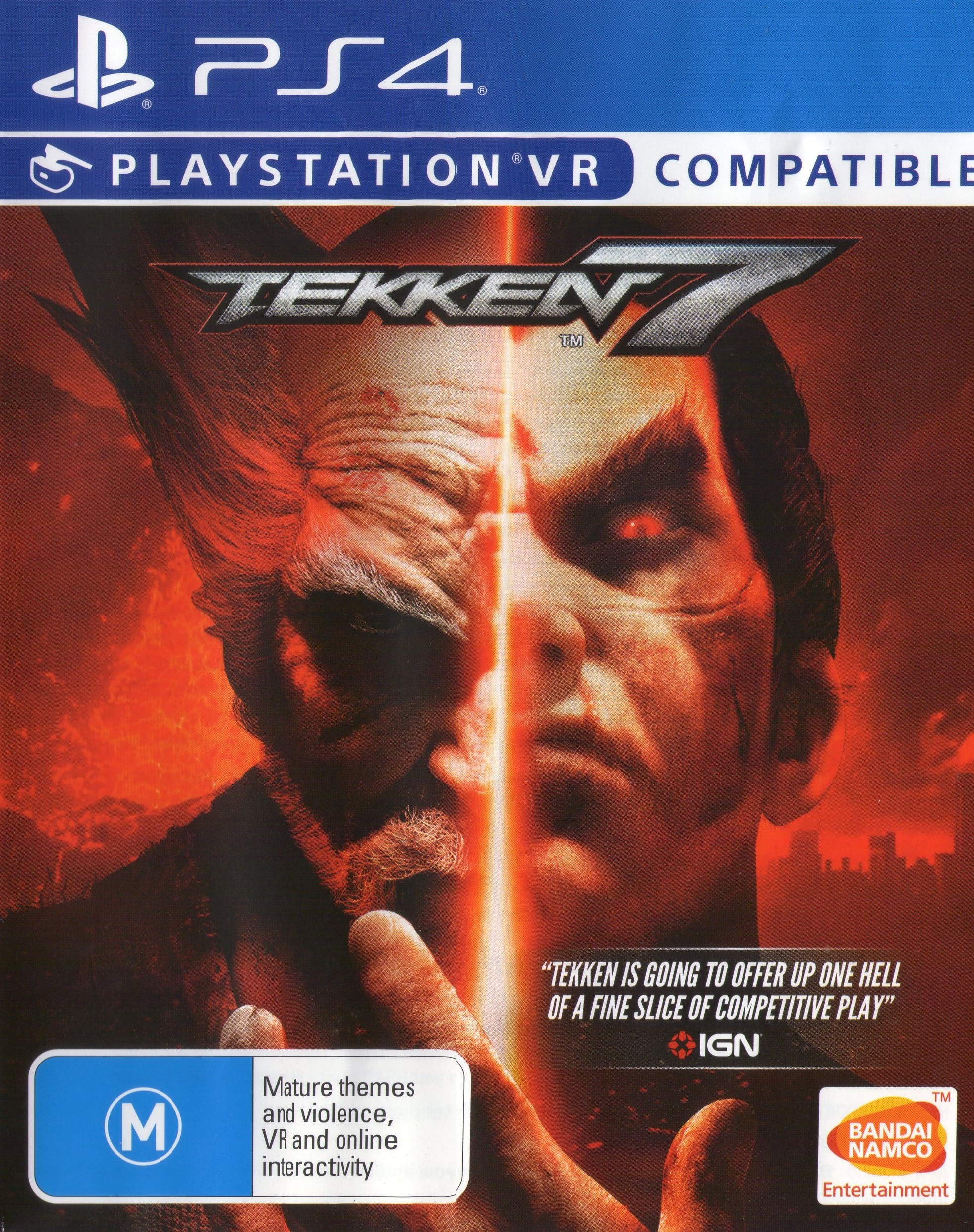
While many see Tekken 7 as the game that brought the series’ popularity to the stratosphere, it actually had a very meager launch back in 2015. Bandai Namco was wary of how a new entry in the series would be received so they chose to take it slow, giving the game a full two years in the arcade before releasing it to consoles.
Tekken 7 went through many changes in those two years it was arcade-exclusive. New systems such as Rage Arts and Power Crushes were worked on along with general balance changes. By the time Tekken 7 made its way to consoles, it was a drastically different but much-improved game.
The biggest highlight for Tekken 7 however was its addition of guest characters. While this was not new for the series they really leaned into it for this entry. Guests such as Street Fighter’s Akuma and King of Fighters’ Geese Howard were not just expertly translated from the 2D plane to 3D but were even woven into Tekken’s narrative. These guests also went beyond fighting games as Final Fantasy XV’s protagonist Noctis and even Negan Smith from The Walking Dead TV series somehow wound up in the Tekken universe.
All in all, Tekken 7 was a monumental success. It moved over 10 million units worldwide, unseating Tekken 5 as the best-selling Tekken game in history.
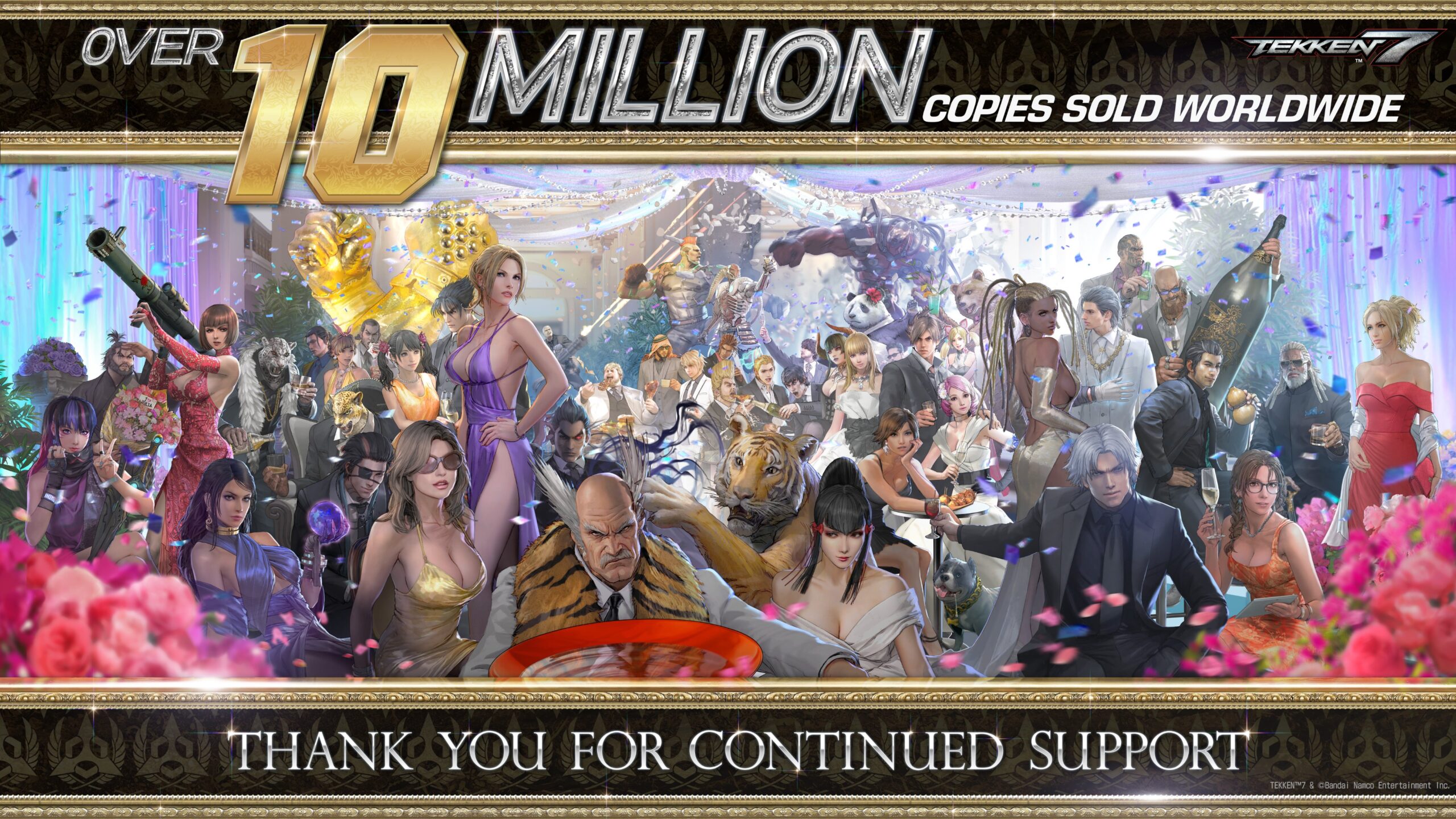
Banner image from Bandai Namco.
Related Stories:
Looking Back at Josie Rizal: Tekken’s Very Own Filipino Fighter
The Electric Wind God Fist: Tekken’s Most Iconic Move
Newcomer Reina Rounds Out Tekken 8’s Roster
